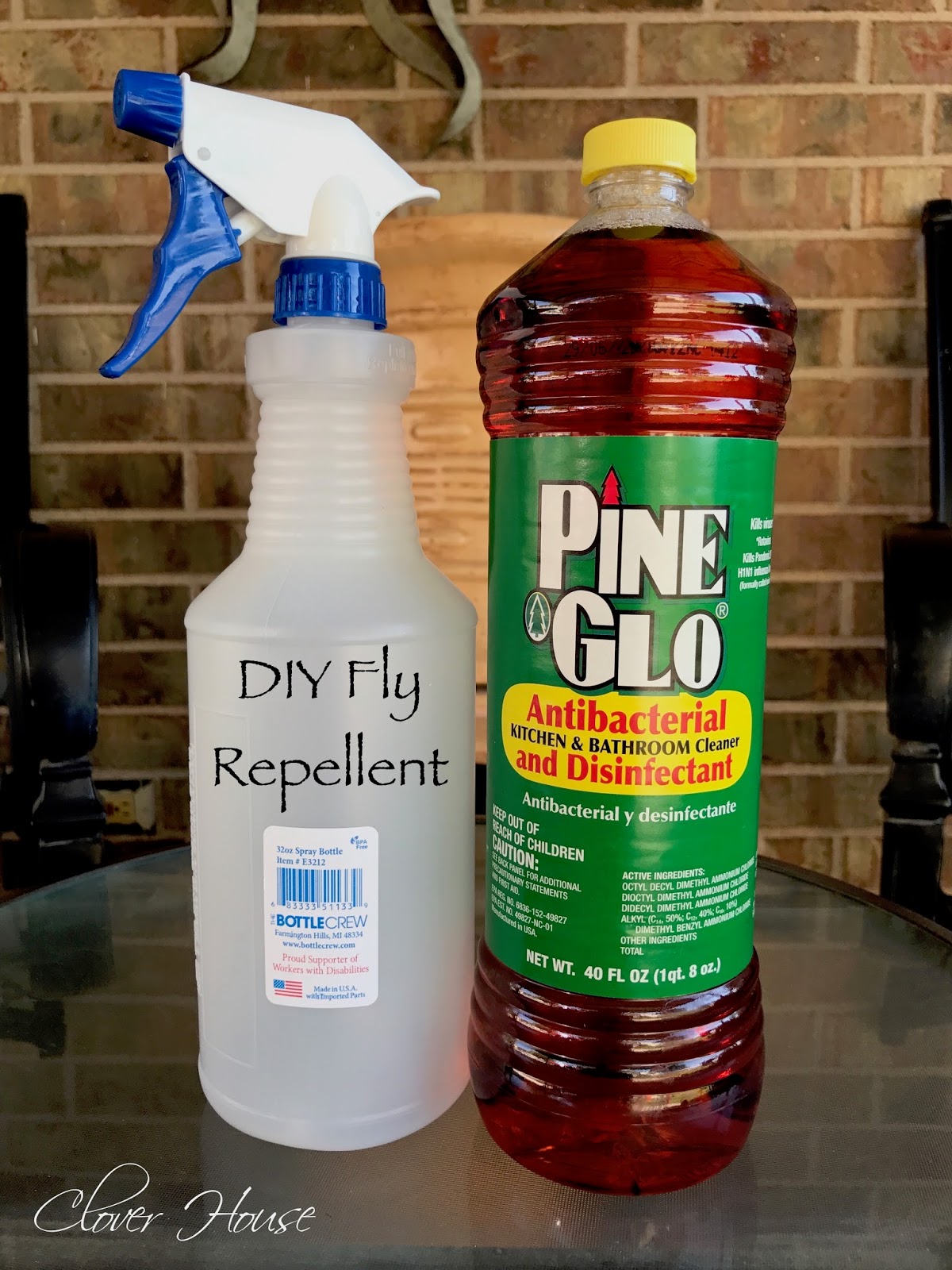When the warm weather arrives, so do the buzzing flies that can quickly turn a pleasant day into a frustrating experience. These pesky insects not only invade our outdoor spaces but can also be a nuisance indoors. Fortunately, fly repellent solutions are available to help you reclaim your space and enjoy the great outdoors without the constant annoyance of flies. Understanding how to effectively use fly repellents can make all the difference in your comfort and enjoyment.
Whether you're hosting a backyard barbecue, enjoying a picnic in the park, or simply trying to keep your home fly-free, knowing the right fly repellent options is crucial. From natural remedies to commercially available sprays, there's something for everyone. This article aims to explore various fly repellent methods, their effectiveness, and how to choose the best one for your needs.
As we delve into the world of fly repellents, we will address common questions, providing you with comprehensive insights on how to keep these unwanted visitors at bay. Let's embark on this journey to discover the best ways to protect yourself and your loved ones from these buzzing intruders.
What Are the Most Common Types of Fly Repellents?
When it comes to fly repellent, there are several types available, each with its own unique benefits. Here are some of the most common types:
- Chemical Sprays: These are commercially available products that contain synthetic ingredients designed to repel flies.
- Natural Repellents: Products made from essential oils or plant-based ingredients that are less harsh on the environment.
- Traps: Devices that attract and capture flies, often using bait or a sticky surface.
- DIY Solutions: Homemade remedies that can be easily created using household items.
How Do Chemical Fly Repellents Work?
Chemical fly repellents typically contain active ingredients that disrupt the sensory perceptions of flies. These chemicals can either mask the scents that attract flies or create an unpleasant environment for them. Some common active ingredients include:
- DEET (N,N-Diethyl-meta-toluamide)
- Picaridin
- Permethrin
While effective, it is essential to use chemical repellents as directed to ensure safety for both humans and pets.
Are Natural Fly Repellents Effective?
Many individuals prefer natural fly repellents due to their eco-friendly nature. Ingredients such as citronella, eucalyptus, and lavender are known for their fly-repelling properties. While they may not be as potent as chemical solutions, they can be effective in smaller areas or when used in combination with other methods.
What DIY Fly Repellent Solutions Can You Make at Home?
Creating your own fly repellent at home can be a fun and cost-effective way to keep flies away. Here are two popular DIY recipes:
- Essential Oil Spray: Combine water with a few drops of essential oils like peppermint or eucalyptus in a spray bottle.
- Vinegar Trap: Mix equal parts of vinegar and dish soap in a bowl. The vinegar attracts flies while the soap traps them.
What Are the Benefits of Using Fly Repellent?
Using fly repellent offers numerous benefits, including:
- Improved Comfort: Enjoying outdoor activities without constant buzzing.
- Health Protection: Flies can carry diseases that pose health risks.
- Enhanced Food Safety: Keeping flies away from food minimizes contamination risks.
How Can You Prevent Flies from Entering Your Home?
Prevention is key when it comes to managing fly infestations. Here are some effective strategies:
- Keep windows and doors closed or install screens.
- Seal any cracks or openings in walls and foundations.
- Maintain cleanliness by promptly cleaning up food spills and waste.
Where Should You Apply Fly Repellent for Maximum Effectiveness?
To ensure maximum effectiveness, apply fly repellent in areas where flies are most likely to gather. These include:
- Outdoor dining areas
- Trash cans and compost bins
- Gardens and flower beds
What Precautions Should Be Taken When Using Fly Repellent?
While fly repellents can be beneficial, it’s essential to take precautions to ensure safety:
- Follow the instructions on the label for application and reapplication.
- Avoid applying directly to food or food prep areas.
- Keep repellents out of reach of children and pets.
Conclusion: Choose the Right Fly Repellent for You!
In conclusion, managing fly populations is essential for a comfortable and safe environment. Whether you opt for chemical sprays, natural remedies, or DIY solutions, understanding how to effectively use fly repellents can lead to a fly-free space. By implementing preventative measures and choosing the right repellent, you can enjoy your outdoor activities without the irritation of flies buzzing around. So, take action today and find the perfect fly repellent solution for your needs!
Article Recommendations
- The Ultimate Guide To Bud Cort From Rudolph To Electric Dreams
- Mitch Mcconnell I Decide Key Policies Actions
- Mitch Mcconnell Whats Next After His Senate Departure


